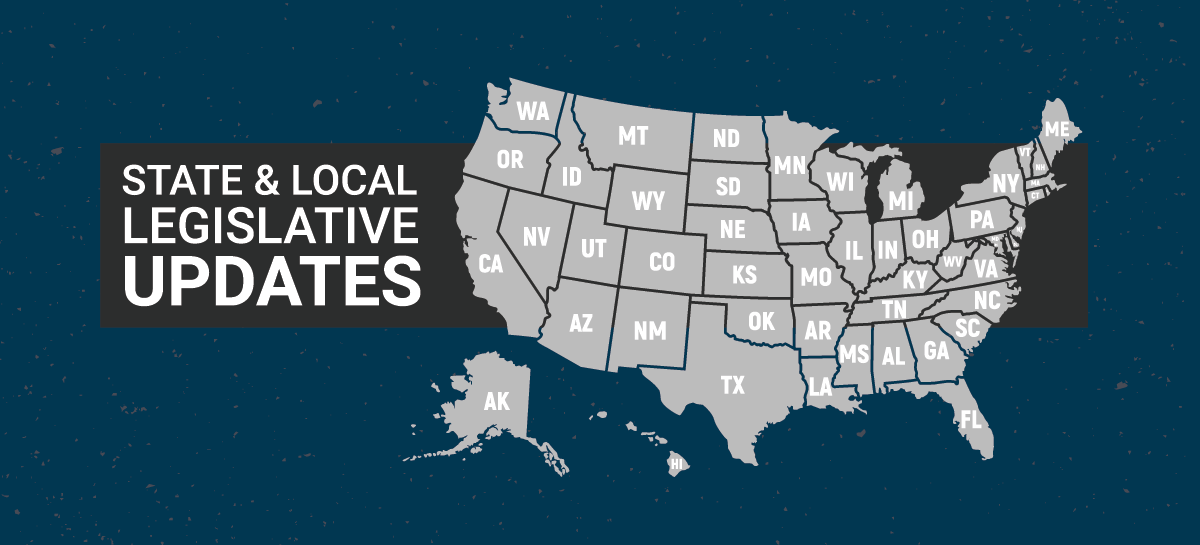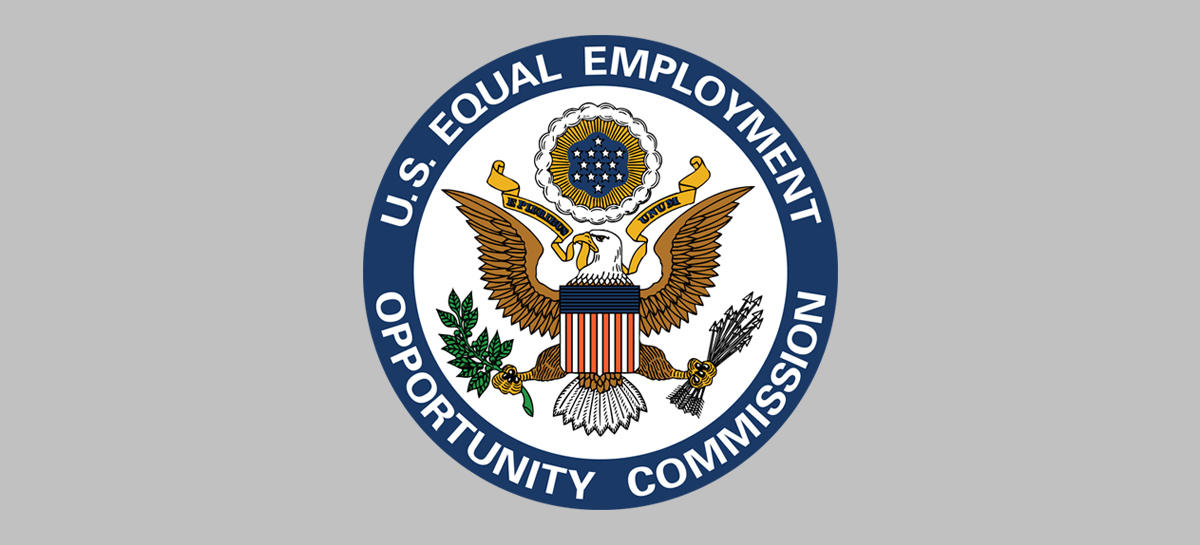
An increasing number of employees are recording their termination meetings with HR representatives, managers, and supervisors and posting them on various social media platforms, including TikTok, Instagram, and Twitter. These videos, commonly called “Watch Me Get Fired” videos, have become a trend among workers in various industries, including fast-food employees, office workers, and teachers. In some cases, these videos have gone viral, exposing businesses to heavy reputational backlash and sometimes legal consequences due to substandard termination practices. Despite the high stakes organizations face, some employers are still mishandling terminations.
Continue reading






